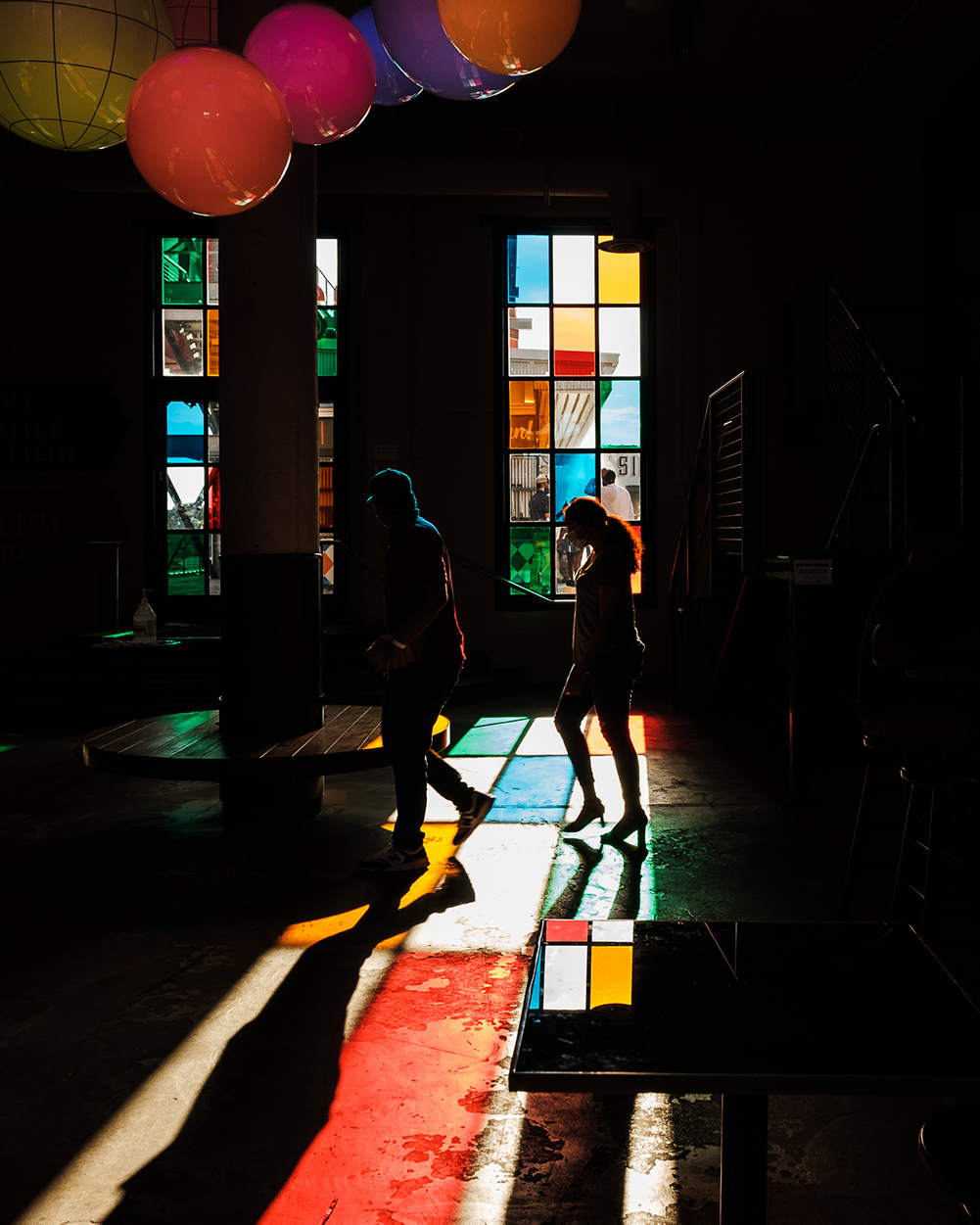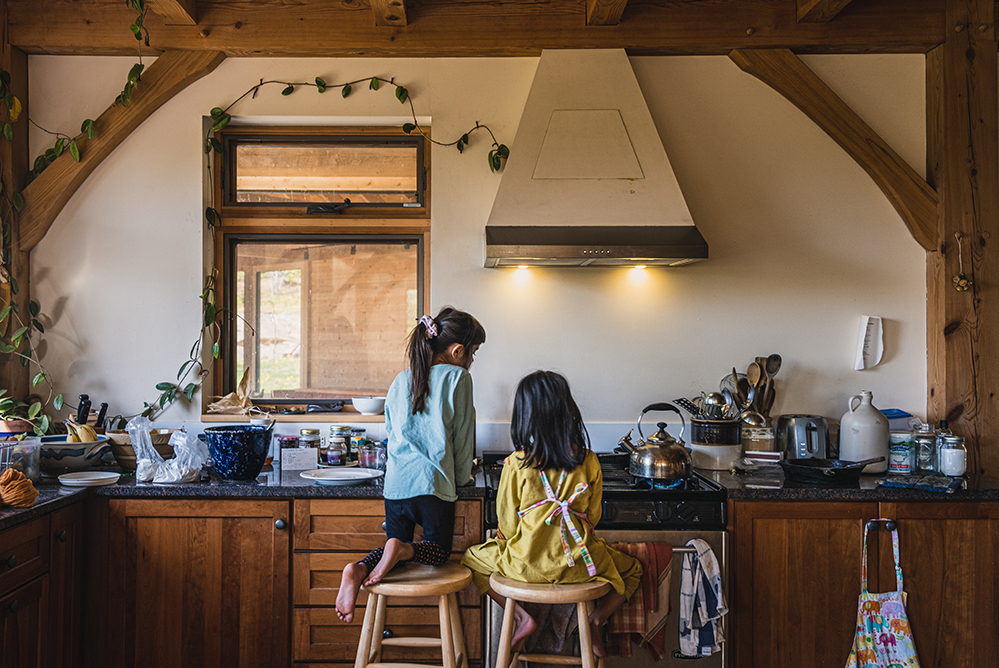 Students of Storytelling
Students of Storytelling 
Kevin Williamson has always romanticized the idea of growing up in a small mountain town. “I wanted to see what it would be like to make myself into that person, and the idea for my project came fairly quickly after that,” he says.
Williamson won the Fujifilm Students of Storytelling competition for his story about a boy who grows up in a fictional logging town named Fallton.
Fujifilm created the contest to identify the next generation of U.S. storytellers, and to provide them with Fujifilm X Series or GFX System gear to bring their vision to life.
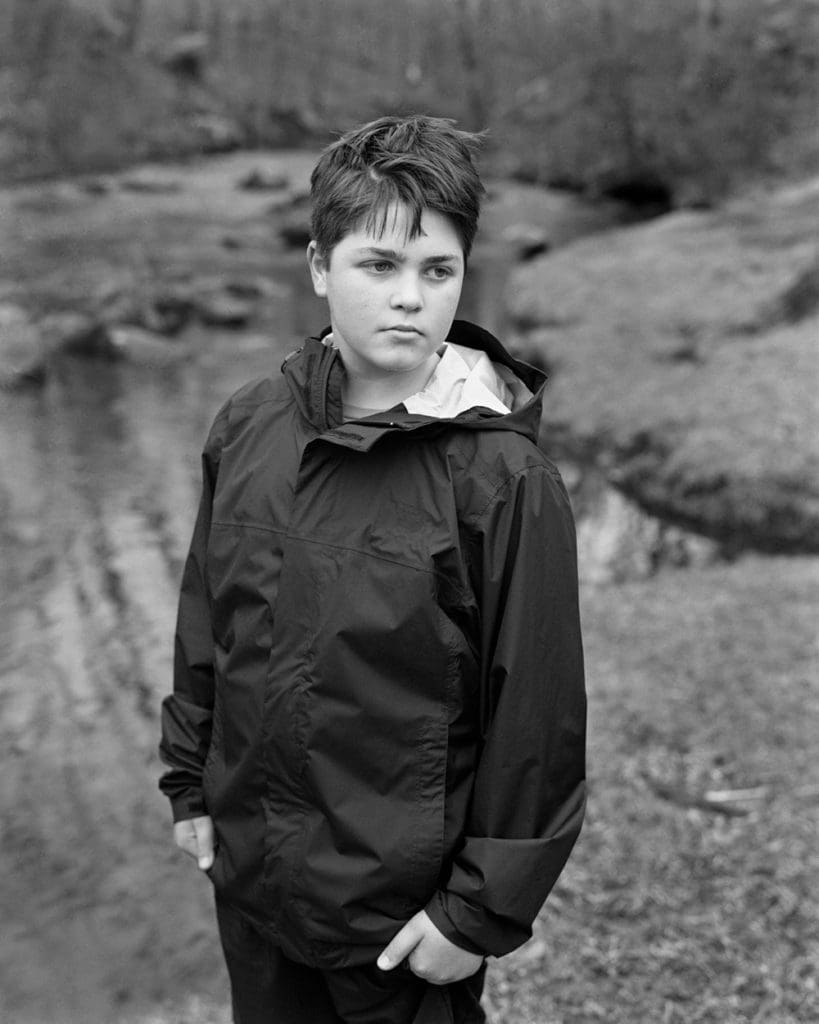
Rangefinder: What interests you as a storyteller? Which stories are you drawn to?
Kevin Williamson: Ultimately, I am interested in people’s interactions with landscapes and the places that they call home. I am particularly interested in small mountain towns. I think that there is a distinction between a storyteller and a journalist; storytellers get to put a little bit more of their own perspective into their work. There is less of an expectation to be unbiased.
Rf: What stories do you want to share through your work?
KW: Family and relationships are a large part of my work. I see “place” as the setting in which the stories unfold, but place is not the story. For me it always leads back to people. I hope to share stories about what it means to understand the place that you are living in.
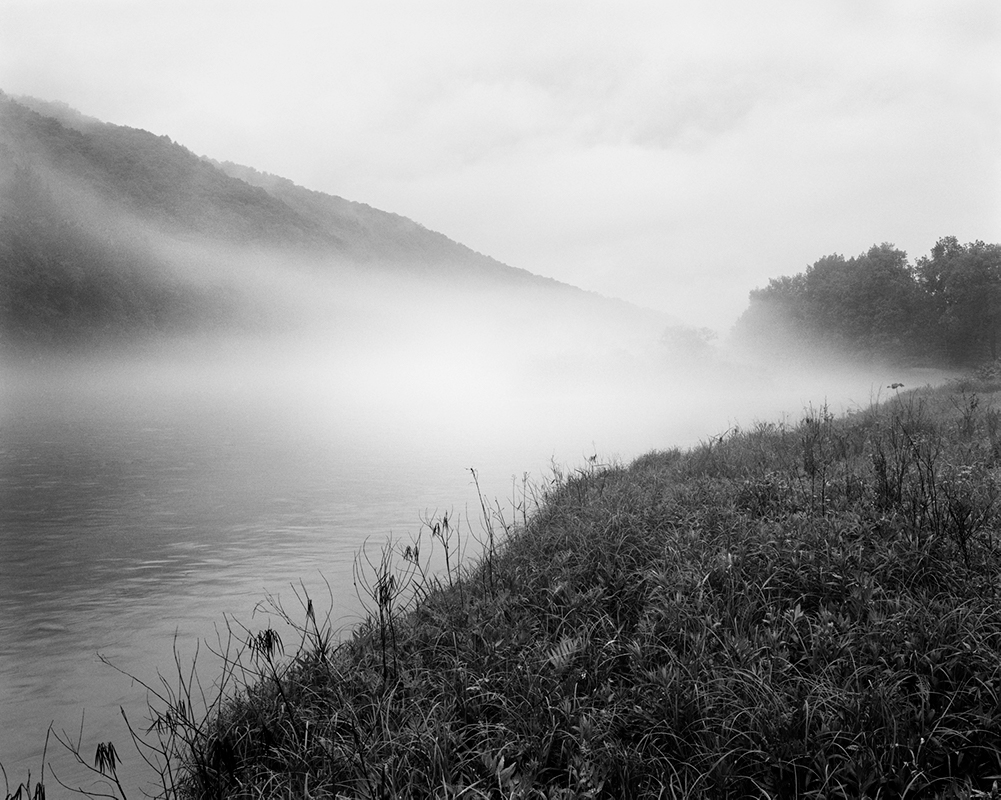

Rf: Describe the evolution of your style and approach and how it has changed over time?
KW: When I first got into photography, I was interested solely in nature and landscape. I made an effort not to show any sort of human impact on the land. After I started school at MassArt, I learned about photographers like Robert Adams, who was looking at the landscape with a critical eye and not turning from the ways in which humans were altering it. I was also taught by Laura McPhee, who makes work in a similar vein about the west. More recently, I have been looking at the people who inhabit the spaces that I am exploring.
Rf: What are the key things you have learned or done that have helped you advance your career since you began shooting?
KW: The biggest thing that has helped me as a photographer is learning the history of the medium. Specifically, I have spent a lot of time learning about landscape photographers from Timothy O’Sullivan to Bryan Schutmaat. It has been really important for me to understand where my photographs fit in on this spectrum of photographic history. It has also helped me realize how hard it is to do anything new. Chances are, there is a whole lineage of photographers who have explored the same ideas that you are thinking about at any given time.
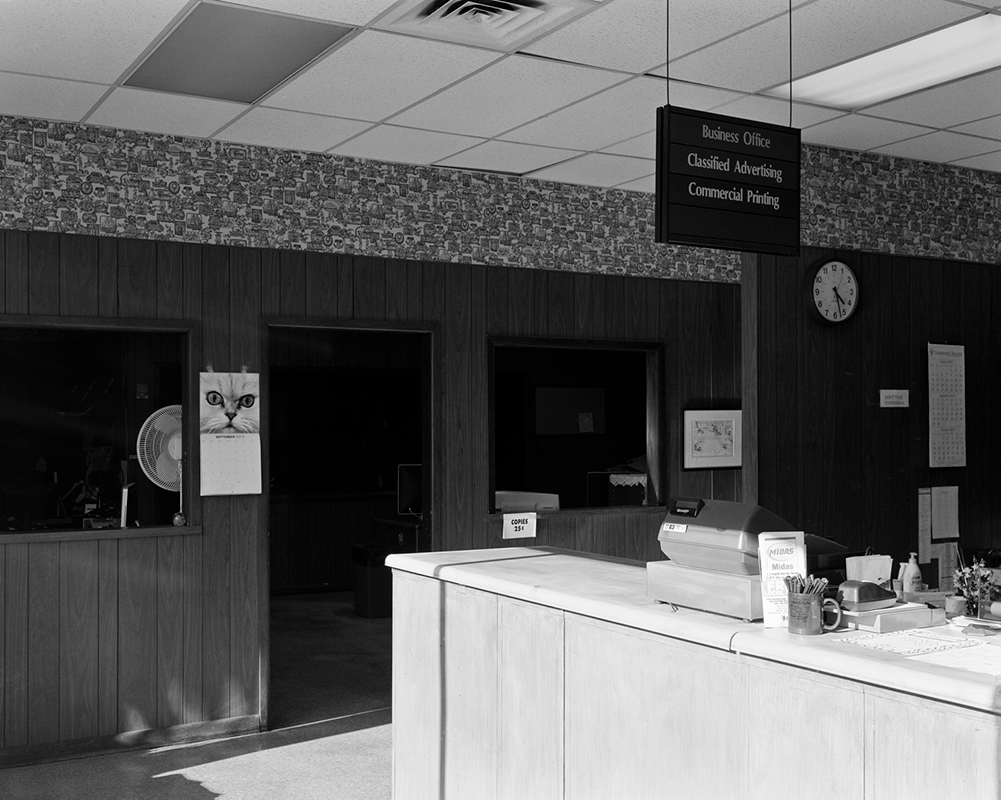
Rf: What is the most helpful piece of advice you’ve received and followed?
KW: There are two pieces of advice that I think about often. The first was given to me from Pamela Pecchio. She told me that it’s okay if the pictures that you are making now are not as good as some that you have made in the past. I think that there’s this natural tendency to think that the next project you work on has to be the best thing you have ever made, or at least better than your last one. That’s certainly the goal, but it is often not the way that things work out. This advice has helped to take some pressure off of the picture making process. Another piece of advice that has been helpful for me was form Matthew Monteith. He simply said to make a mess. He was trying to tell me to try new things, explore every direction. Pick up the pieces that work and throw out the rest. A lot of it might fail, but it will be worth the time for the things that succeed.
Rf: What are you hoping to achieve through your new work on the fictitious logging town, Fallton?
KW: Working in the realm of fiction has been a new process for me. It has been a really exciting new way to work. I hope that I can speak towards universal values of love and longing through my pictures. The story of a boy growing up in a declining logging town is fairly specific, but I hope that people can find some ways to connect with it.
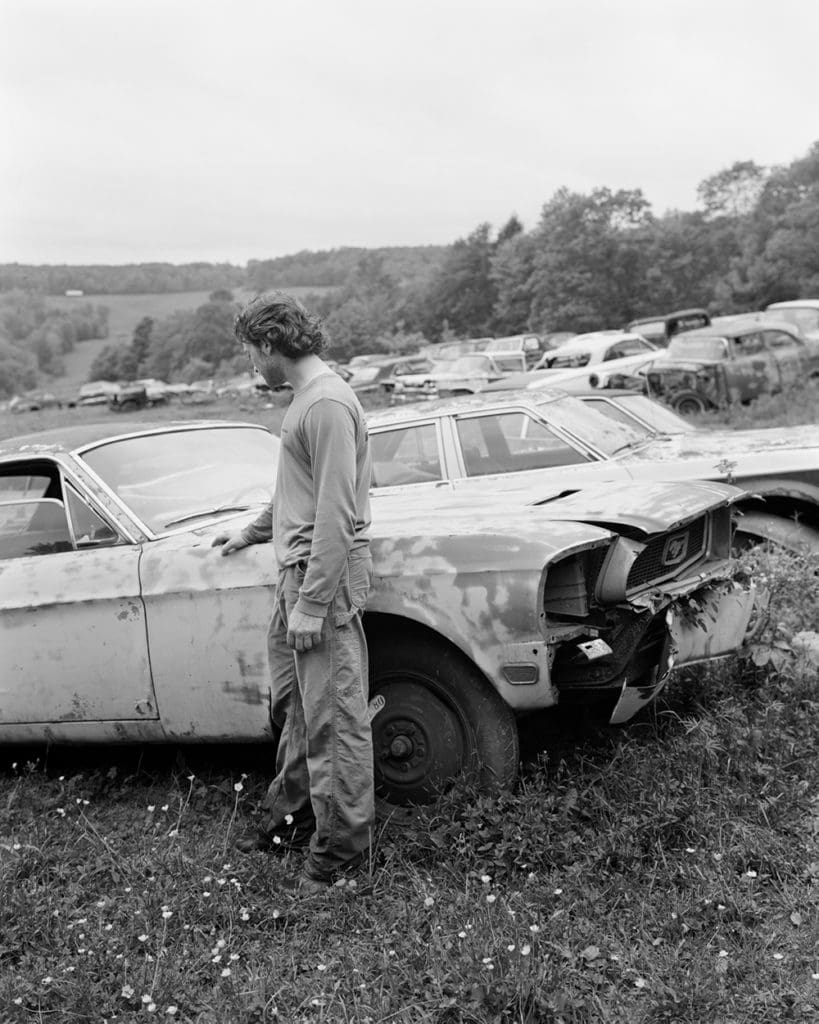
Rf: How do you stage your shoots?
KW: Most of the people that I photograph (aside from family members) are complete strangers to me. I will often drive to a town that I have never been to before and look for places that I feel can fit within my story. I end up talking to people and asking about the town and what they do, and then I will make some pictures of them. Sometimes I don’t end up finding anything that works, but other times I will find something great that I could not have expected or planned.
Rf: In what ways do you see this shoot informing future shoots?
KW: I think that I want to continue this way of shooting because it has been working fairly well for me at this point. I think that the part that drives me the most creatively is visiting new places and uncovering new stories.
Rf: How have your studies affected your approach to photography and storytelling?
KW: My professors at MassArt have helped me to think about my photography as coherent bodies of work with strong conceptual themes. I have learned how to communicate complex ideas through visual art. My biggest takeaway from MassArt has been that art has to be both technical and conceptual.
Rf: Tell us about your submission to Fujifilm’s Students of Storytelling program.
KW: For my submission, I proposed that I continue the work that I had been making for my senior thesis at MassArt. Part of the reason that I chose to work in fiction for this project is because I was traveling a lot between New York and Boston but I wanted to make photographs of one place. This way, I could take pictures in “Fallton” no matter where I am. I have always romanticized the idea of growing up in a small mountain town. I wanted to see what it would be like to make myself into that person, and the idea came fairly quickly after that.
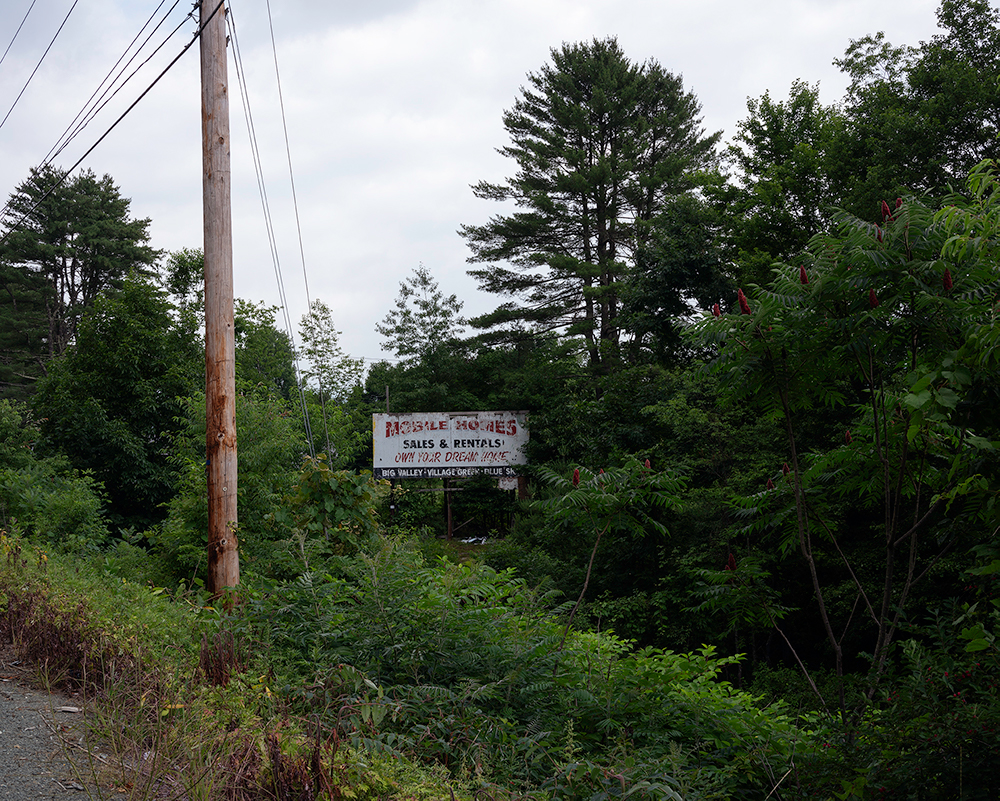

Rf: What works have you produced with your new Fujifilm systems?
KW: Working with GFX 50R has been new and exciting for me. Prior to having this camera, I was working in black-and-white film and a view camera. The digital Fujifilm camera has allowed me to make pictures faster. I also have not been using a tripod for the most part, and I find it to be very freeing in terms of the new compositions that I can make. I have been making a lot of landscapes and portraits and I am very impressed with the results.
Rf: Where do you see your work going from here?
KW: I am not too sure yet what my next major project will be, but I am fairly confident that I will continue to work in the themes of family and place.
Visit the official Fujifilm Students of Storytelling site for more information about the complete program. Follow @kevinwilliamson to stay up to date with Kevin Williamson.


